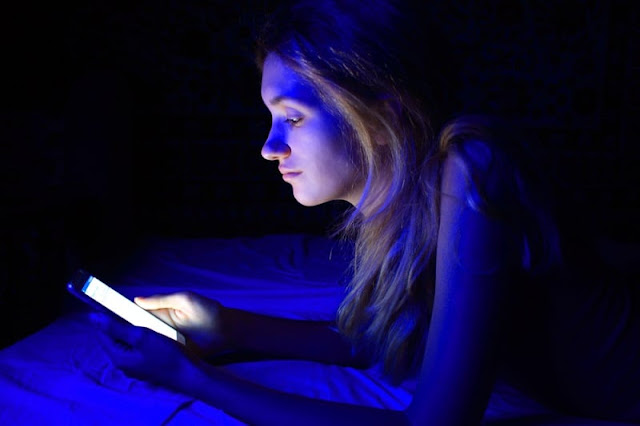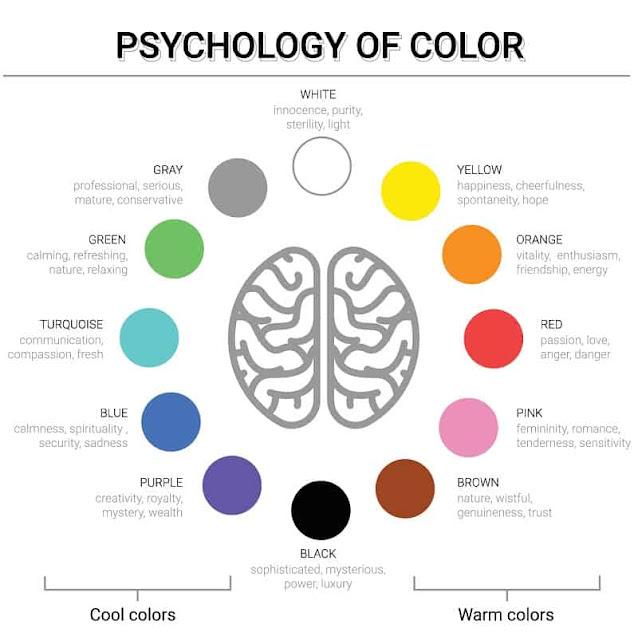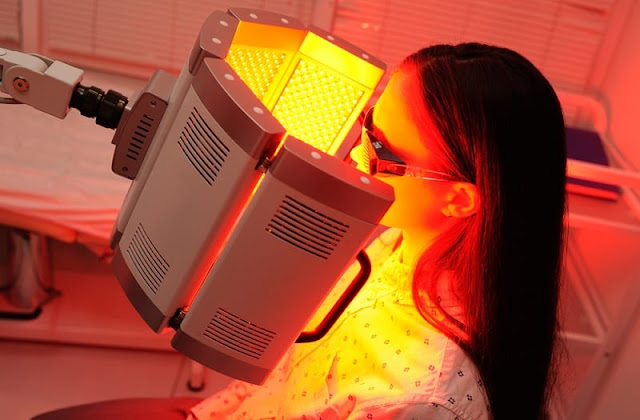For years, we thought that light sources of any kind could ruin your sleep. The discussion usually revolves around artificial or blue-light as the main culprits for why people get tired and unable to stay asleep at night - but what if there was something else? It turns out our body's natural rhythms play a role too!
A study conducted by Harvard Medical School discovered evening workers have an increased risk of developing Alzheimer's disease compared with daytime schedules; they found this happens because clocks alter when cells repair themselves during daylight hours while you're sleeping (and then start regenerating again after midnight).
In recent studies, it seems that even though light might prevent us from falling asleep. It also helps promote sleepiness in those who use lamps for their evening routine! So let's take a look at how different colors of the spectrum affect your slumbering habits and which one is best suited to help you get some shut-eye when darkness falls.
The output should be: In this section, we will explore what type or color lights can do while helping someone relax before bedtime; whether they are using naturalistic indoor lighting such as incandescent bulbs versus LEDS ́— both have advantages depending upon preference (increasingly bright but shorter-lived) along with other factors like mood.
Light and Our Environmental Cognition
Light is crucial for many important functions in both animals and humans, such as helping us see better at night or illuminating a path with its brightness when we're lost outdoors after dark!
Light is essential for our sleep, mood, and well-being. It illuminates the world around us; it makes understanding easy to remember by illuminating what's important in a situation while blotting out other distractions that could be there without light's help - all this was proven with numerous studies about how different types/brands of lights can improve your environmental cognition!
We all know that we sleep better in a dark and quiet room, but did you also realize how much the color of your surroundings affects this process? The brightness or lack thereof can make it harder for us to fall asleep. For example: if reds are too intense at night time, then they may disrupt our circadian rhythms by causing stress hormones like adrenaline and cortisol release, which prevents relaxation before bedtime!
In addition, certain hues, including greens, will stimulate wakefulness while others - such as blues- have sleepy effects on viewers due to their calming quality.
The Quality of Light In Relation to Color
The importance of understanding light can not be overstated. Understanding its three main qualities will help you determine which color best suits your needs for sleep, as each has its own perks and drawbacks depending on what type or phase it may be in relation to morning hours when we want our bodies clockwork (and ready)
To know which paint is right for painting a room-you, you've got to understand quality before anything else! There's natural light, artificial sources like lamps/nightlights, etc. Then there's a festive glow associated with brightly lit rooms at celebration time.
Brightness – It has been scientifically proven that the brighter your lights, the more intensely they affect both our emotions and sleepiness.
Hue - The hue of light has been shown to affect our moods and sleepiness differently for both natural hues like blue or brown versus artificial ones. This is why many argue that before bedtime, we should limit the exposure to these types of lights so as not to make it harder on your body during those precious hours ahead attempting restful slumber!
Saturation - What does a color's intensity mean? How do we measure the emotional effect of different hues on our moods and emotions? There are two basic categories: those that make us feel calm, such as blues, or excited with pink shades, for example – these tend to be more intense than other colors in terms of their saturation levels (100% pure versus 0%). Art also has this concept because sometimes an artist will use nearly solid blocks.
The key thing here is knowing what type you're looking at, so don't think just by listening if something sounds too boring!
When choosing the perfect color for your home, it is important to take into account not only what you want but also how colors will make someone feel. Orange has been shown in many studies as an effective stimulant that can help keep us awake and focused when trying new things or completing tasks at work; however, if this same shade were used near our bedtime, its effect could easily be the opposite!
Blue or white light – What if I told you that there's a type of light blue, which can make us more energetic and wakeful? It turns out our brain cells are actually most sensitive to these colors. Studies show this particular shade has an effect on both blind people AND those who don't have enough sunlight during their day - even though they cannot see what color it is!
Red or amber light – When it's time for bed, this light is probably the most likely to make us sleepy. Red or amber lights help promote calmness in evening hours and cause melatonin production, which can improve your moods as well!
The Lighting Effects And Its Relation To Mood And Sleep
Light can have a huge impact on our mood and sleepiness. The color of the light, its effect, or direction in relation to where you're standing could affect how relaxed/stressful it makes someone feel, which will positively/negatively influence their productivity levels!
Intense direct light from above – It might make you feel tenser, more stressed, and anxious. Depending on how your body handles it, it could promote wakefulness or sleepwalking!
Low overhead lighting with warm color tones – We all like to feel relaxed and calm, connected with those around us as well as inclined towards pondering thoughts.
Bright light, wall lighting with cooler tones – The sharp, clear focus of lavender oil will make you feel more concentrated and energized.
Low light level, warm light in the activity center, and dark areas in the perimeter – Low and warm light makes us feel more intimate, cozy, or sleepy. It also promotes melatonin secretion, which helps with falling asleep at night time!
The Benefits Of Red Light For Sleep
Natural melatonin production – Red light is shown to help the body produce more melatonin when compared with other types of light, like blue. Red or near-red wavelengths don't make your brain sensitive and alert - they calm you down in tune with the natural sleep/wake cycle!
Sleep inertia prevention – Studies show that exposure to the red light before and during sleep can prevent groggy feelings we experience upon waking up (or sleep inertia). With this information, you may want to consider implementing a routine where your room is filled with these colors at night!
Muscle relaxation –Red light has an overall calming effect on us, which helps release the tension in our bodies. It is believed that red lights can promote muscle relaxation and better sleep because they help you relax as well!
How Do I Achieve Red Light Therapy Effect?
We recommend going with the LED Red Light devices because they only emit red light waves. They are more similar to how we experience red light therapy in our environment, and it is said that these types of lights can help achieve better sleep patterns for some people!



Comments
Post a Comment